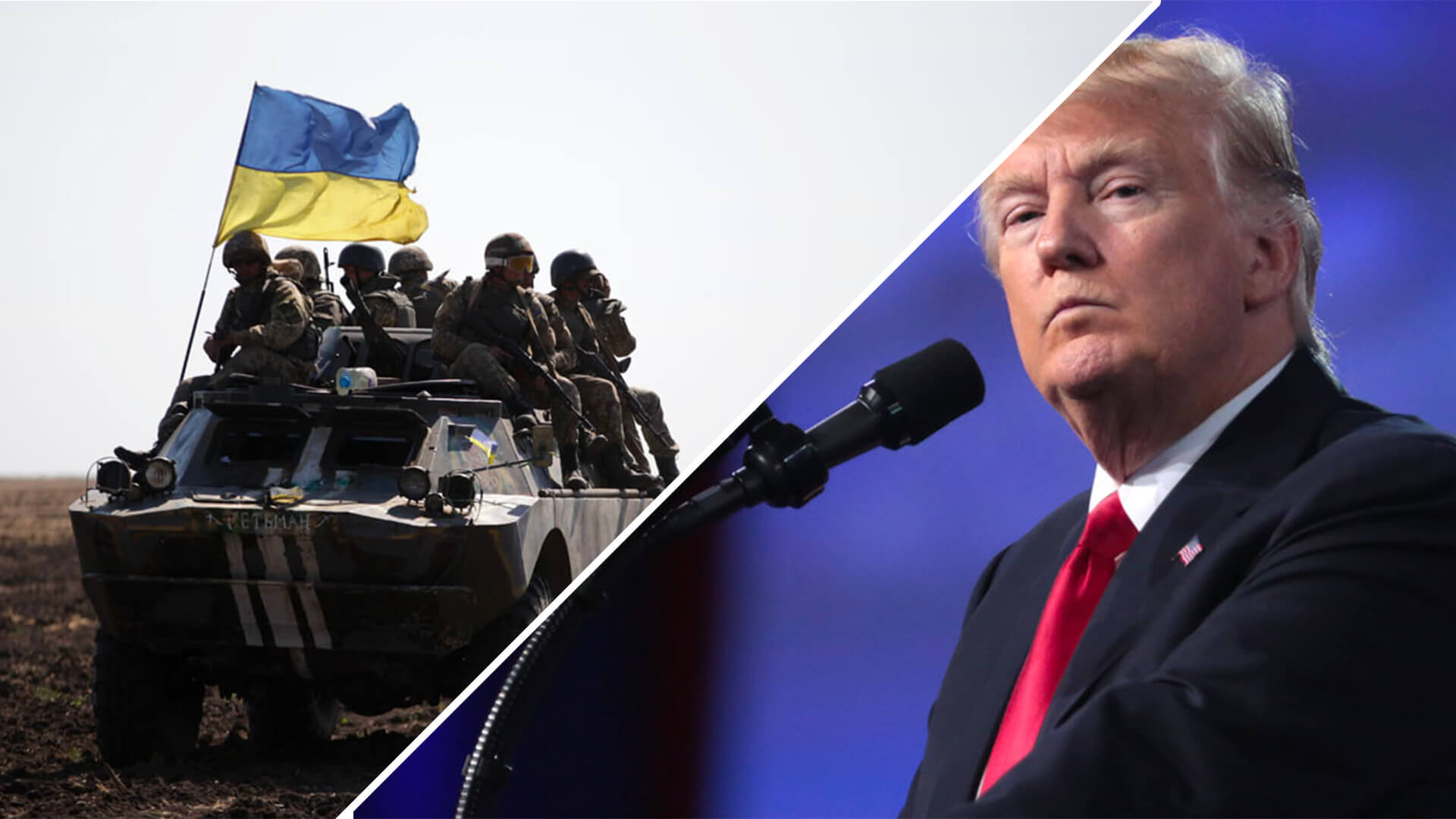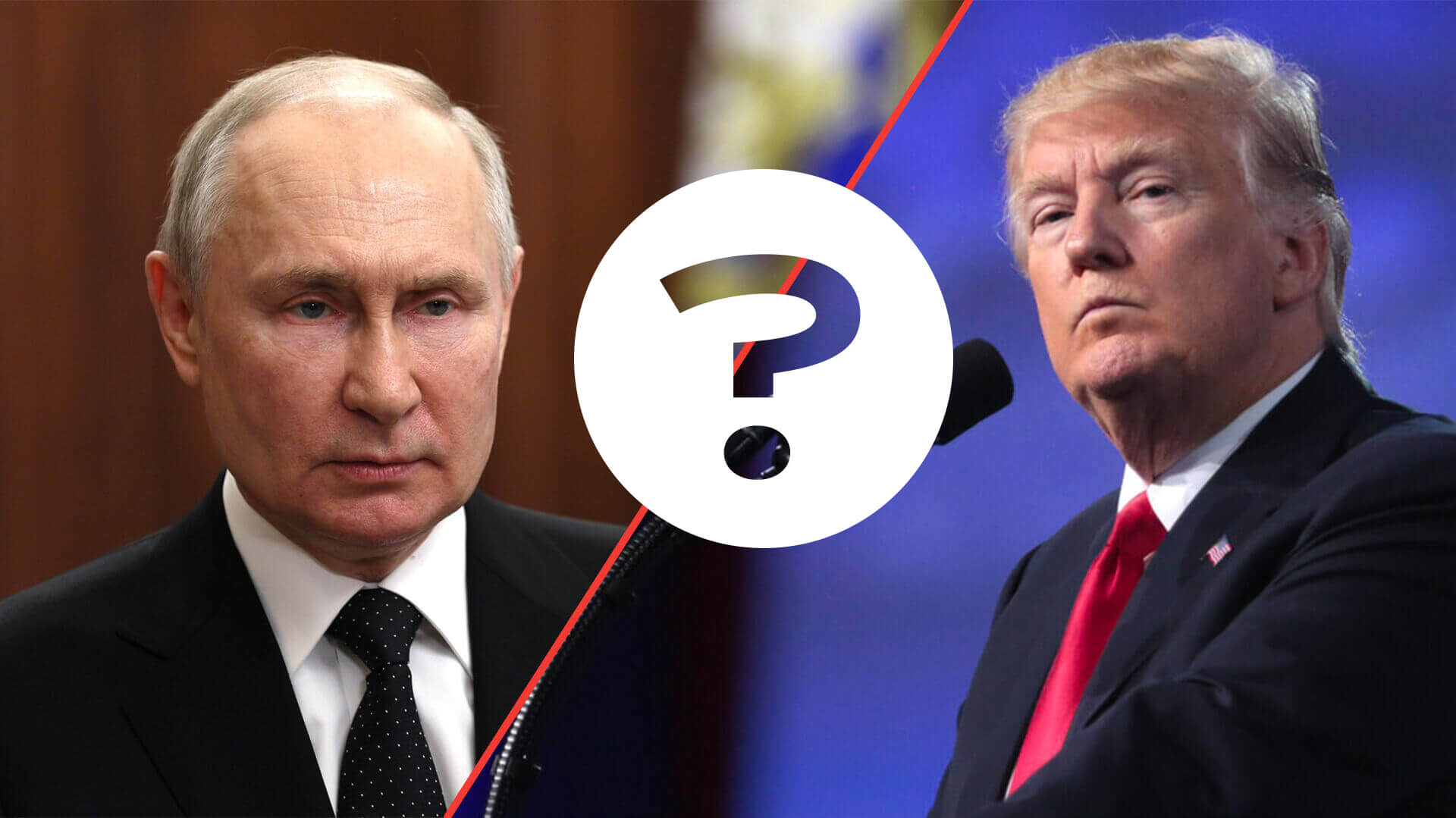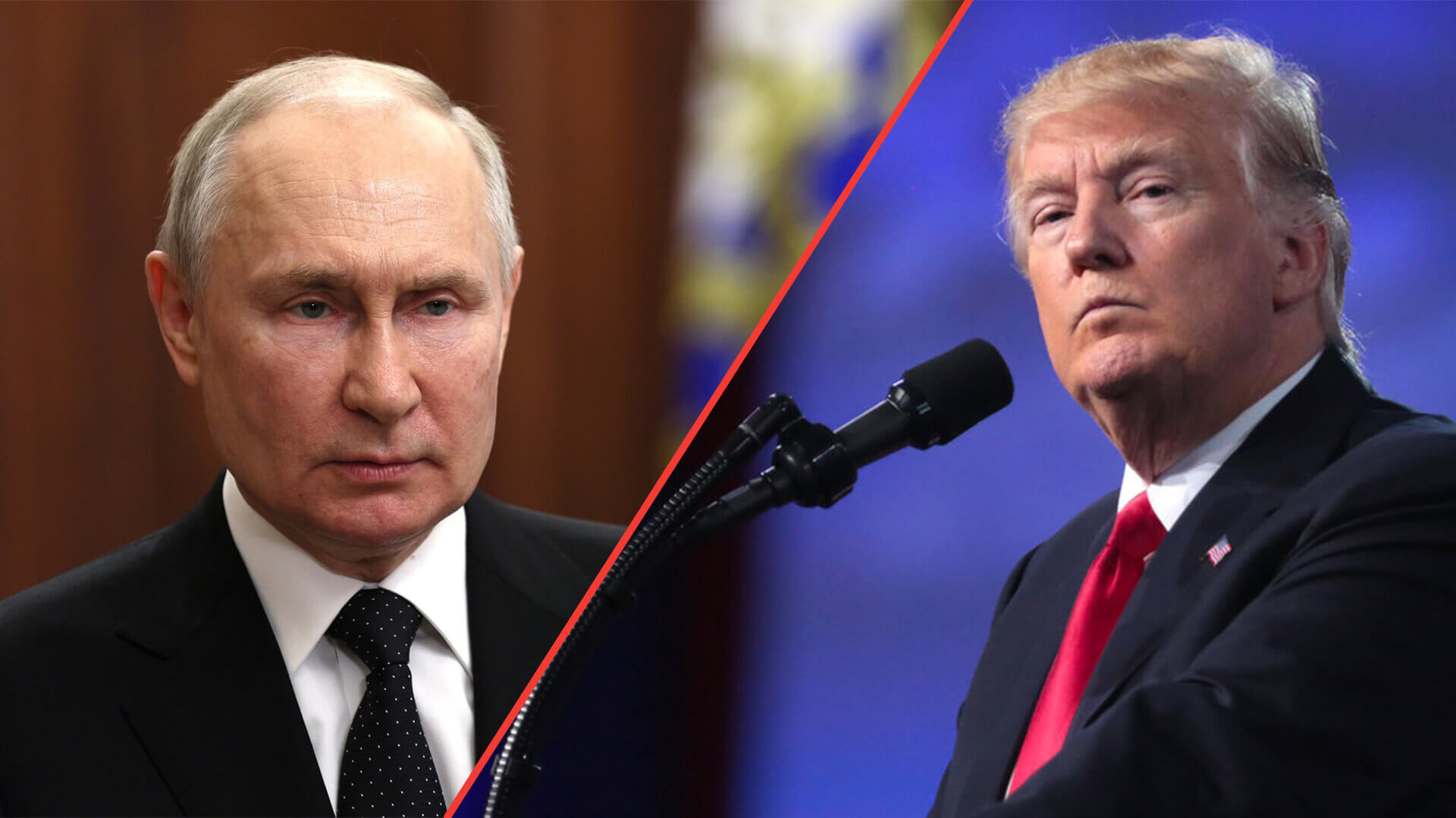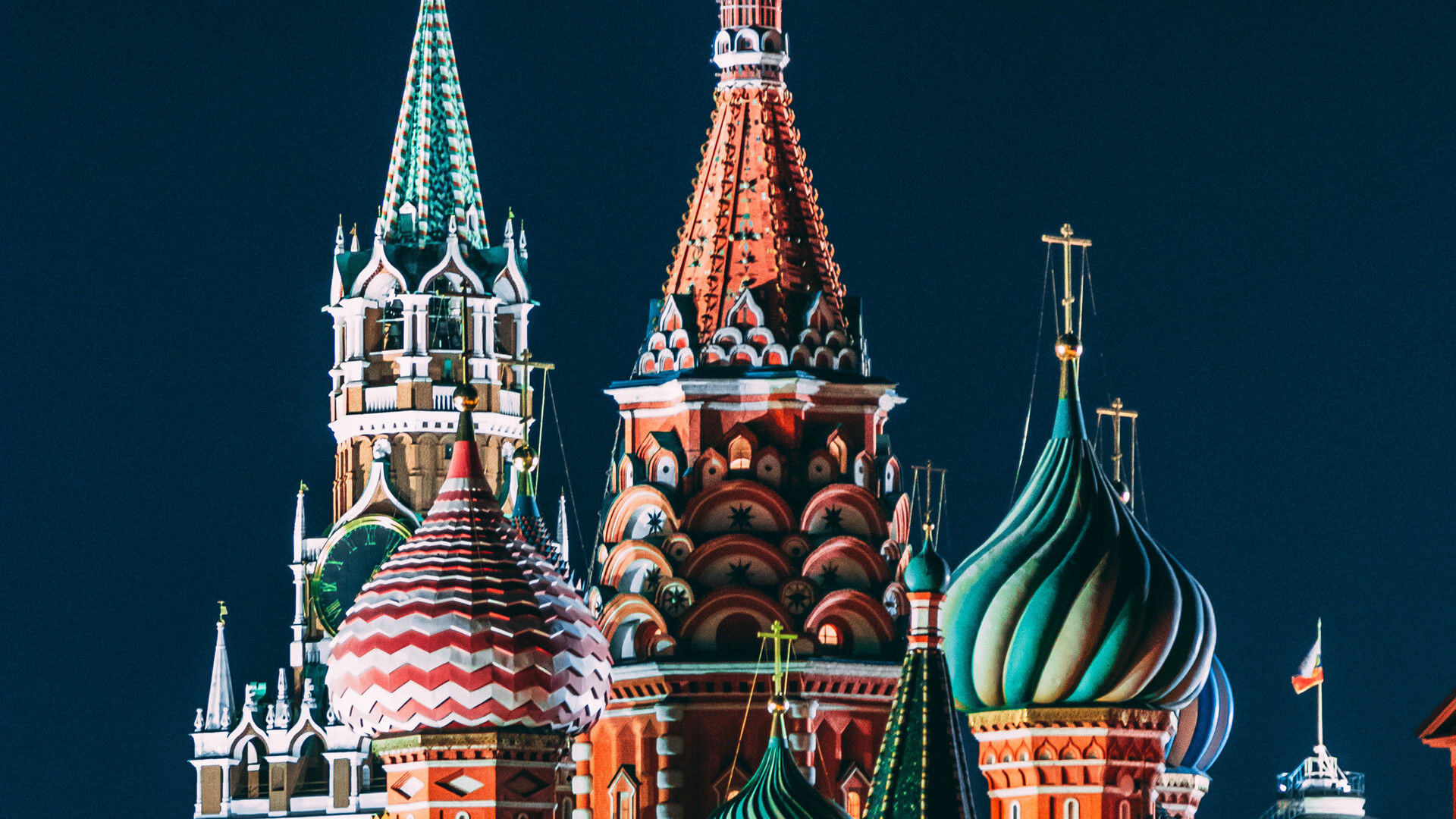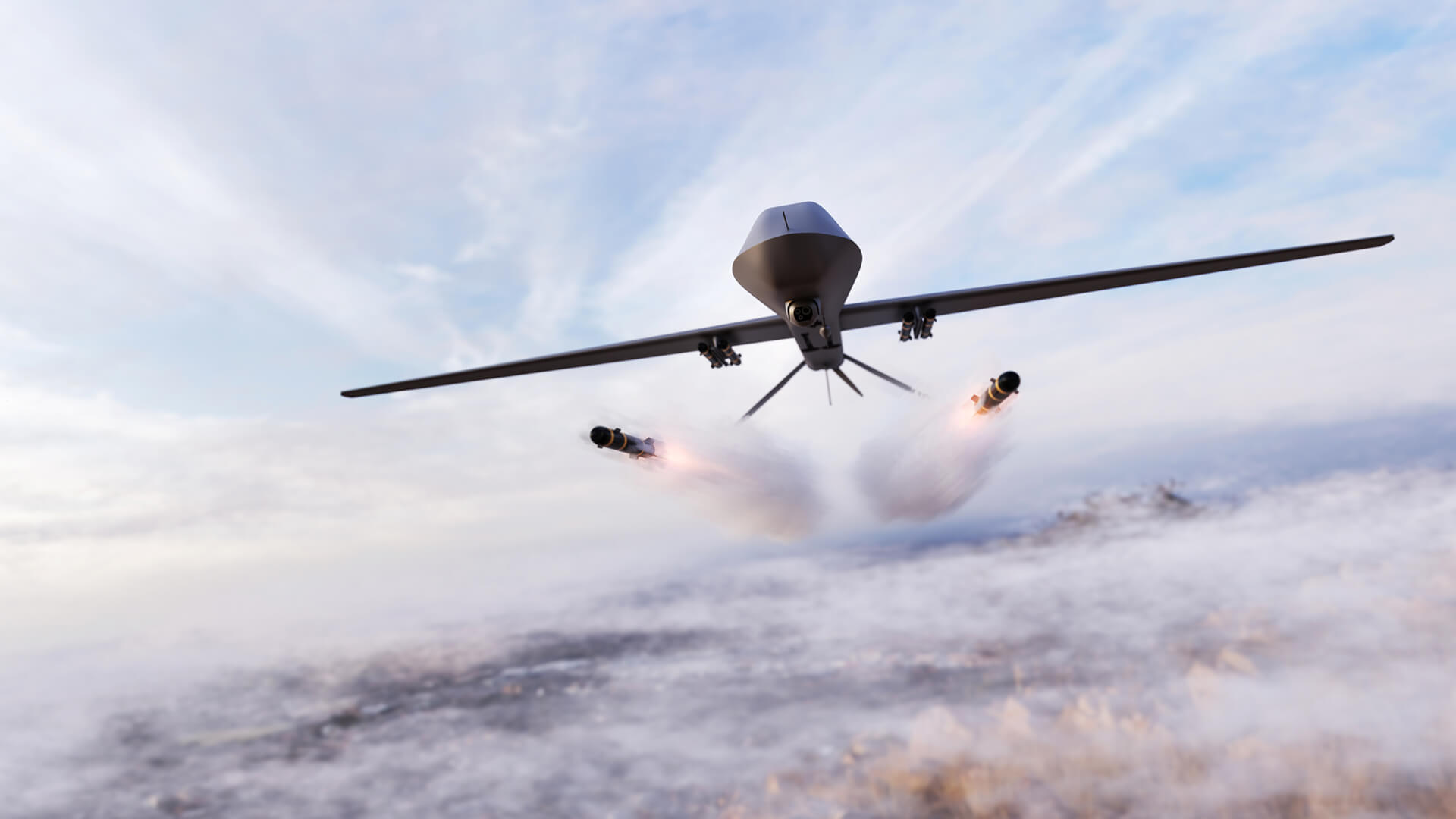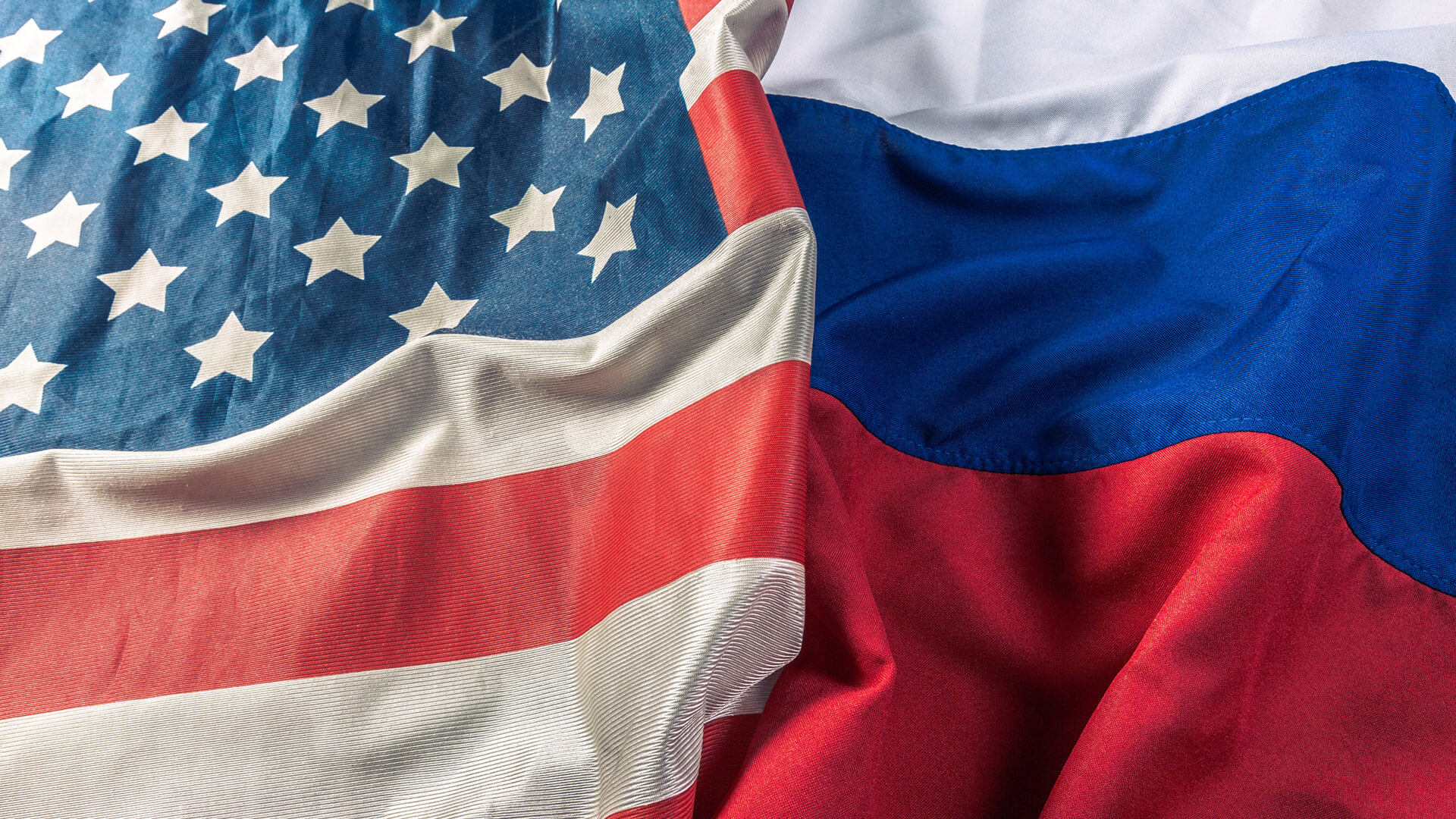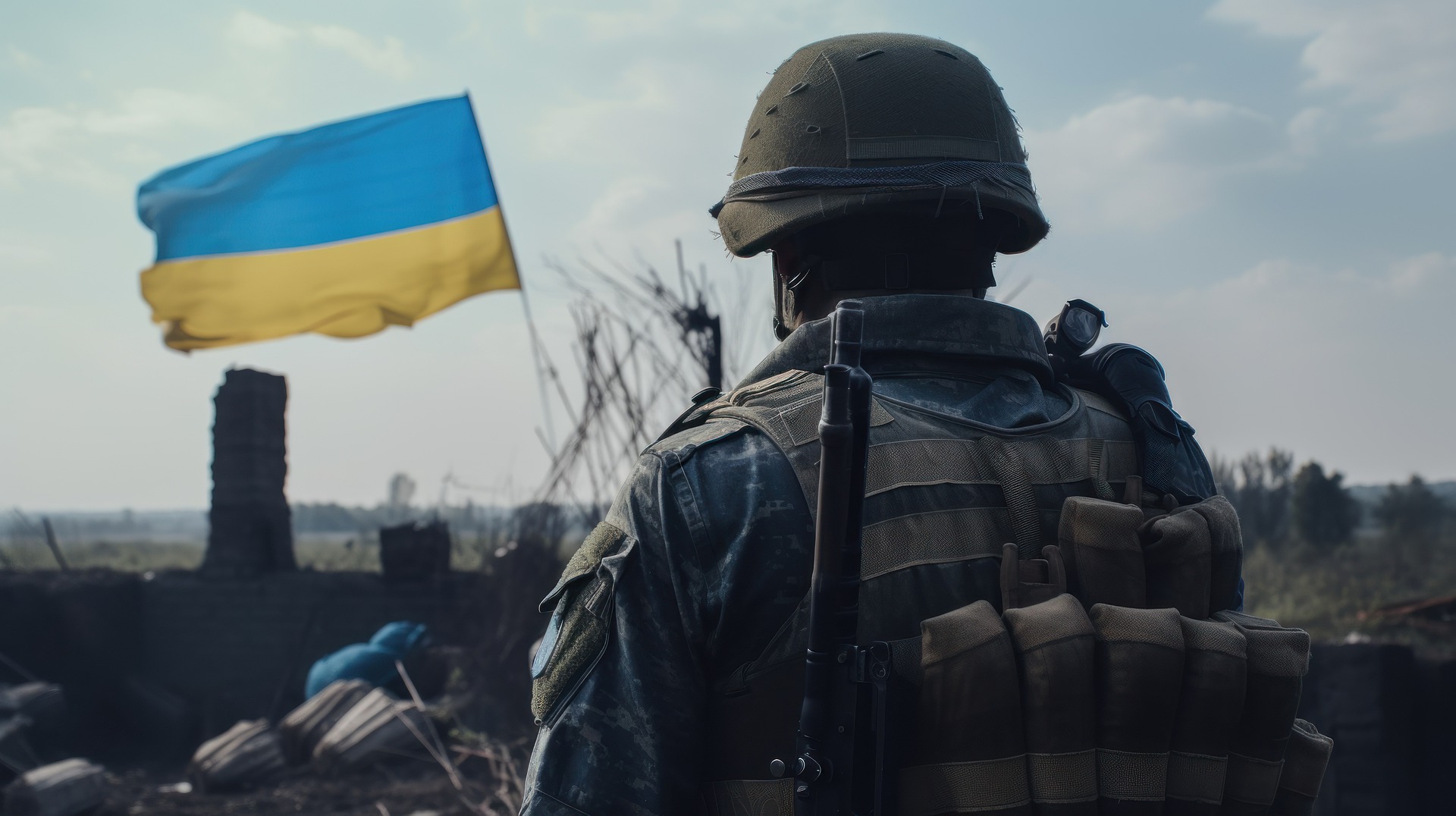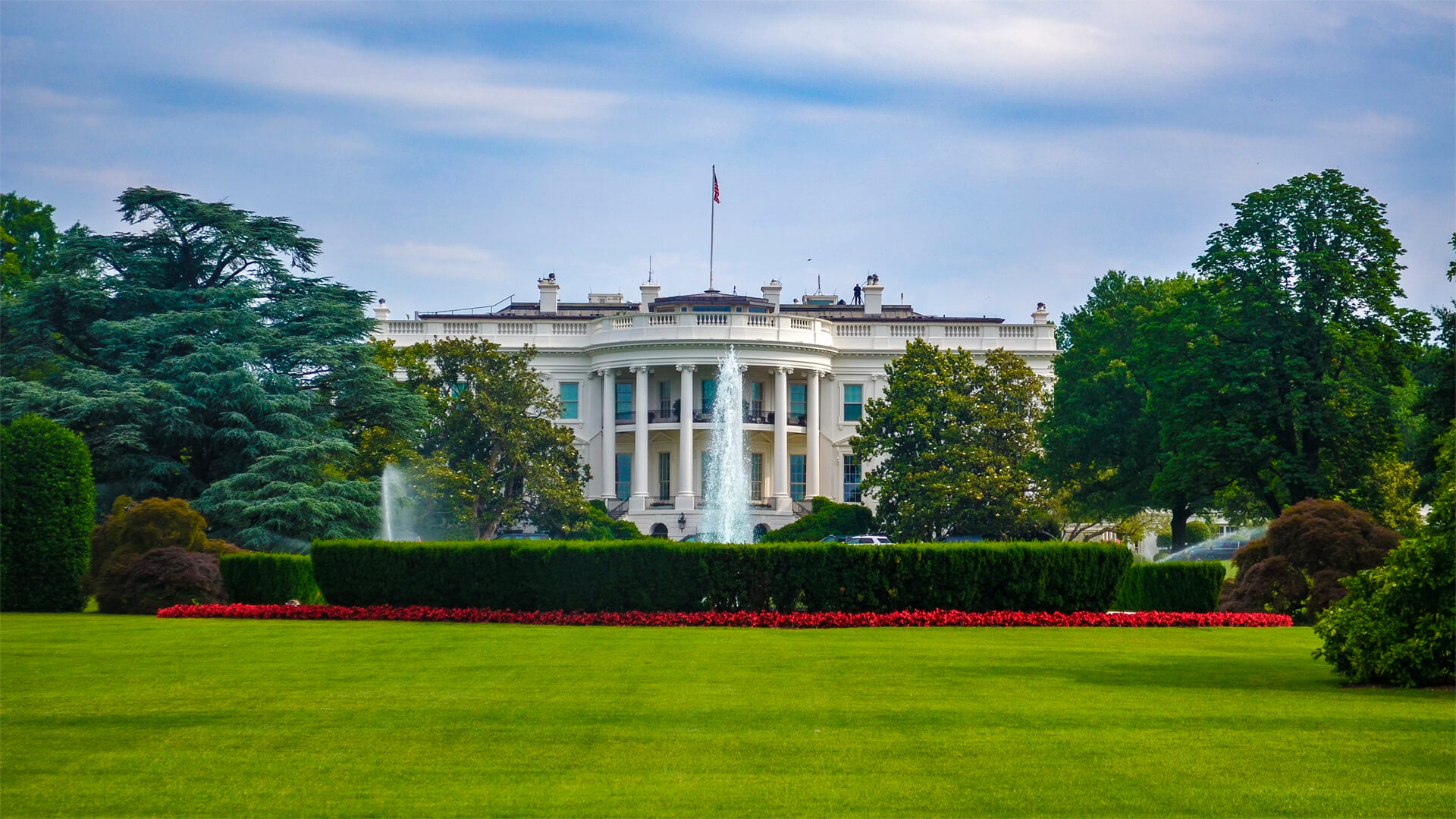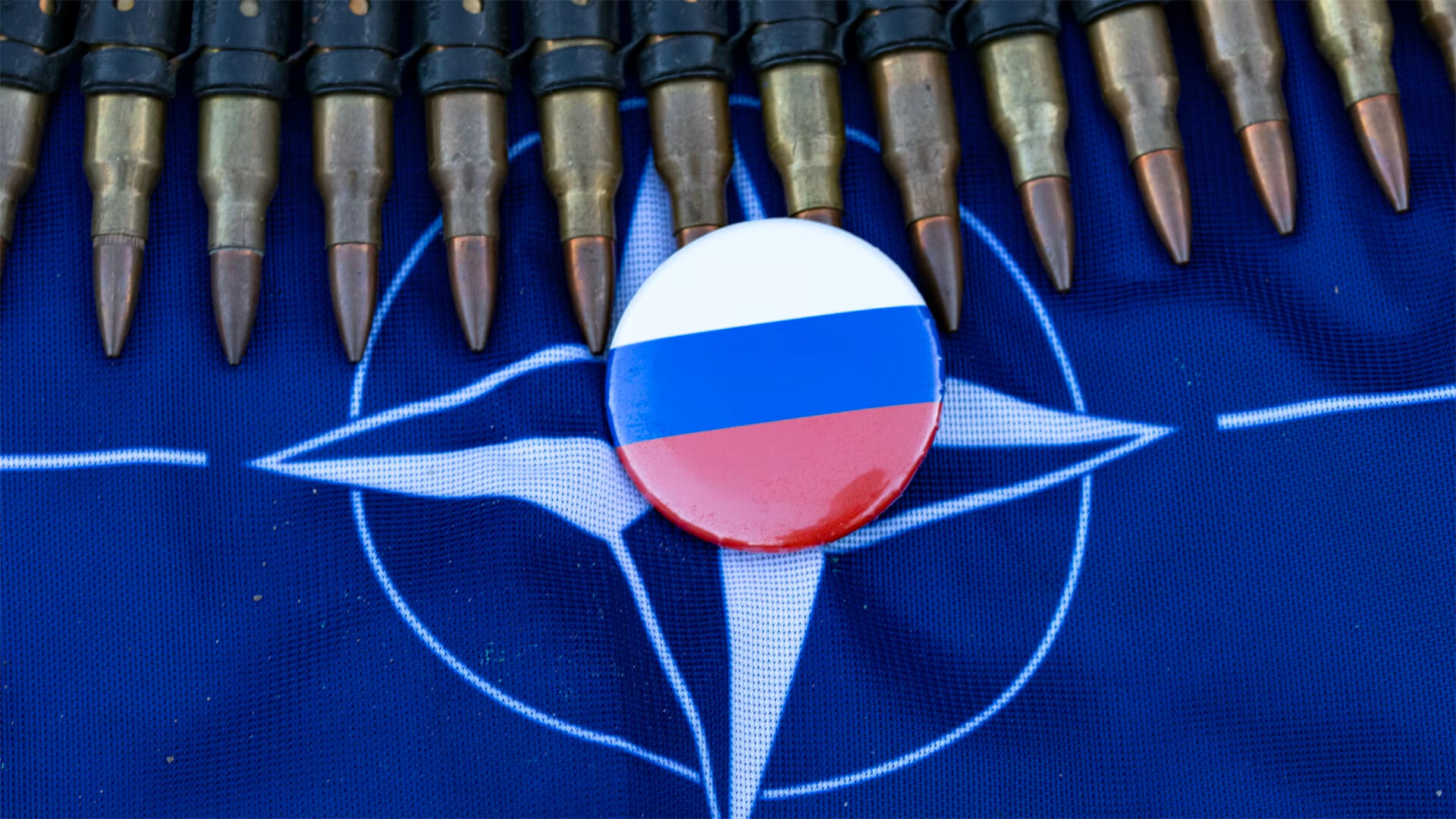It seems that the Trump administration might be listening to some classic rock lately, because his recent stance on Russia and Putin is awfully reminiscent of The Who’s 1971 classic “Won’t Get Fooled Again.” Or maybe Melania just yelled at him.
The issue with the Trump and Putin dynamic is that they’ve been operating on two different playing fields. Trump thought he was just caught up in your standard playground pissing contest (the kind of conflict that he loves). Putin was playing along, but Trump is finally realizing that Putin’s war on Ukraine is existential. The Russians MUST take Ukraine. They MUST expand their borders. Otherwise, it’s the end of Russia as we know it.
This is the geographic playbook that Russia has always followed. Now that their demographic crisis has reached critical mass, there is only one path forward. So, Trump’s stance on Ukraine is starting to shift, but this is only the beginning.
Transcript
Hey, all Peter Zeihan here coming to you from Colorado. Today we’re doing an educational video for folks who are of the MAGA crowd who, are discovering that the Trump administration is changing policy pretty dramatically on them in the case of Ukraine.
When Trump was running for president, the third time to get a second term, he started repeating a lot of Russian propaganda about how the war was Ukraine’s fault. And Zelensky needs to go. Then he came in and discovered, that things perhaps were not, as he realized. So the point of this video is to explain to you what Trump has discovered over the last six months and why it’s leading to his policy change. This war was always going to happen. It didn’t happen because of who the American president was, or the German chancellor or the Ukrainian president.
It happened because of how the Russians view their world. The Russian territories are pretty flat and open, and there’s no real good spot to hunker behind to shield yourself the armies of your foes. And so, Russian strategy going back to the time of the early czars, you know, centuries ago, has been to expand.
Conquer the people next to you, subjugate them, turn them into cannon fodder, and then use them as a vanguard to attack the next group of people. And repeat and repeat and repeat until eventually you reach a geographic border that tanks can’t go through. And so Muscovite expanded into Tatarstan, expanded into Ukraine, expanded into the Baltics. And they keep going until they hit those geographic barriers.
And the key ones are the Baltic Sea, the Carpathian Mountains, the deserts of Central Asia, and the tension mountains of Central Asia and the Caucasus. If the Russians, from their point of view, can do this, then they will have achieved a degree of physical security that they could not get from remaining at home. And the Russian leader, who ultimately proved most successful at doing this in the modern age is Joseph Stalin.
And the borders that the Soviet Union held during the Cold War were the most secure that the Russians have ever been. You just have to keep in mind a few things here. Russia is not a nation state like Germany or the United States or Australia. It’s a multi-ethnic empire where the non Russian ethnics exist solely to serve as a ballast.
And it’s cannon fodder in wars, which means that in times of prolonged economic or political decay, like, say, the 1980s, the empire breaks apart and all of the various nationalities that used to be used as cannon fodder all of a sudden are the on the other side of an international border. So Russia has only about, 60%, 65% of the territory of the Soviet Union.
But all of those other zones are largely populated, and they’re populated with ethnicities that are not simply hostile to Moscow, but have been subjugated to Moscow in the past. Now, modern day, the Russian population is dying out. There are two big things that shape demographics, and the first is the degree of urbanization. And the second is economic, where for all and health.
So first, urbanization starting under Stalin, but really getting serious under Brezhnev, the Soviets started a massive urbanization campaign, basically taking people off the farm and cramming them into small housing units. And in doing so, birthrates dropped by 80% in two generations. At the same time, this agrarian population was not really schooled up to deal with the realities of the industrial age.
And you had a lot of people who became functionally dispossessed. One of the results among many, was insane levels of alcoholism. Then when the Soviet system collapsed in 1989, heroin became a big problem along with multidrug resistant tuberculosis and HIV. And so, arguably, the Russian population of the 2020 tens and today is the least healthy in the world.
And one of the ones that has faced so low of birth rates for so long that the actual ethnicity of Russians is vanishing. These two trends come together in the Ukraine war.
First, the Putin government has tried to expand on the cheap through the 2000, sponsoring coups and assassinating people throughout the what they call their near abroad. Throughout the 2020 tens, trying to shape the political space of these countries that they used to control in order to force them to do what Moscow wants.
And they were always able to find collaborators among these countries who could be bought off, or maybe even wished for the return of Russian troops. But they could never convince the majority of the population that existing to serve Russian goals was in their best interests. And so the result among many, were things like color revolutions, where the peoples of these countries, it would basically rose up and throw off the pro Russian puppets.
And then the second problem demographics is that the Russian birthrate has been so low for so long, the Russians are losing the capacity to field an army of their own, and they don’t control enough subject peoples anymore to generate a large conscript army full of cannon fodder. So the late 2020s, where we are now, was always going to be the last period where there were enough ethnic Russian men in their 20s where making a go of a military solution could happen.
These two things come together. And the Ukraine war with the Putin government basically going all in. It was always going to happen. It was always going to happen about now. The only question is, how does the rest of the world in general and the United States specifically react to it? Because remember, the Russians will keep going until they reach a geographic barrier that can stop tanks.
Ukraine’s only part of that. Ukraine is the ninth post-Soviet war that the Russians have participated in. And it will not be the last. We will also, if Ukraine falls, have conflicts in Moldova, Estonia, Latvia, Lithuania, Poland and Romania, Kazakhstan, Georgia, Azerbaijan and probably Uzbekistan as well. This is just the next phase of Putin’s plan of the Russian plan, that if anything was written 500 years ago.


